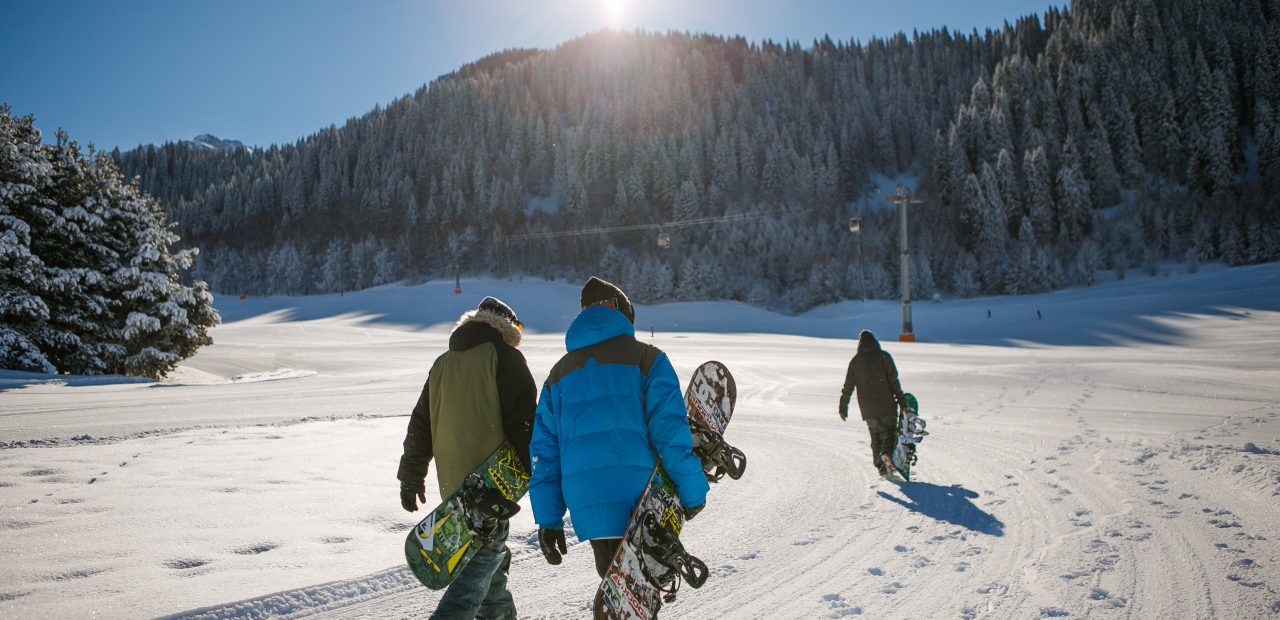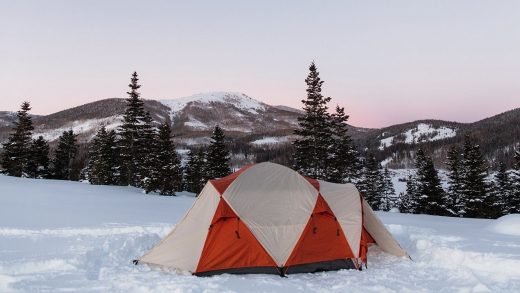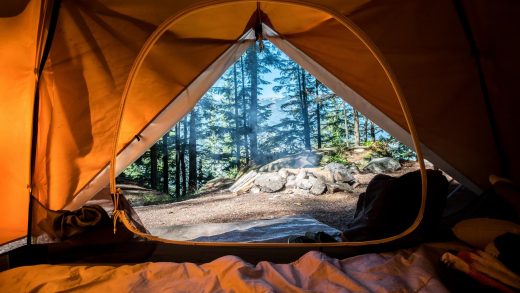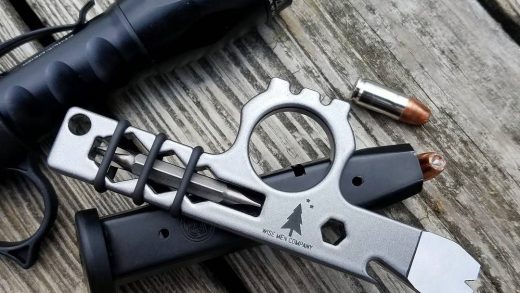The Main Characteristics That Define Snowboards
For some people, snowboarding is an activity they perform once or two times a year, while for others, it’s a lifelong passion. If you’re someone who’s looking to become serious about snowboarding and is tired of renting, you’re probably looking to buy your first snowboard. Most people who rent snowboards don’t really care about the specifics and they rely on the staff in the rental store to get everything right for them. But now that you’re looking to buy your first snowboard, it’s in your best interest to know the ins and outs of the different models so that you can make the right choice. After all, snowboards can be quite expensive.
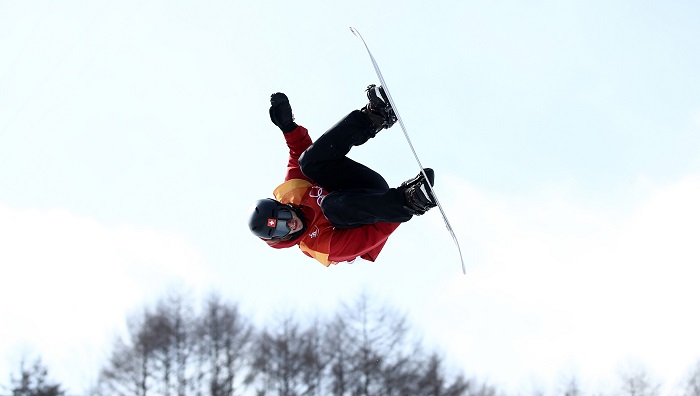
Snowboarding, just like many other sports, has greatly evolved over the past few decades, and today there are many different types of snowboards that ride differently. How a snowboard rides is defined by its profile, shape, and flex. That being said, when buying a snowboard, you should consider its profile, shape, and flex, and make sure the model you go for matches the type of riding you want to do for the most part. If you’re not sure about what type of riding you’ll be doing, just go for all-mountain snowboards as they perform well in every type of terrain.
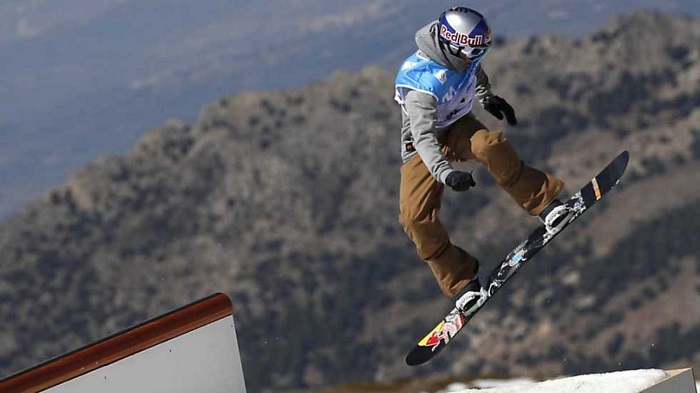
The first thing to pay attention to is the snowboard’s profile, which refers to how the snowboard looks when you look at it from the side. Snowboard profiles can be camber, rocker, flat and hybrid. To get a better idea of what all of these terms mean, I’ll try to explain how each profile looks.
- Camber profile snowboards have their center elevated, and as a result, the contact points (where the snowboard comes in contact with the ground) are put under more pressure. This allows for a more stable ride, more rebound in turns and more pop for ollies. However, camber snowboards don’t float well in powder.
- Rocker profile snowboards are basically reversed camber and they float great in powder. They’re also easier to press when performing butter tricks and are more forgiving, so you’re unlikely to catch the edge on them, which is extremely beneficial for beginners. However, their edge hold isn’t as great as the edge hold of camber boards.
- Flat profile snowboards, as their name implies, are completely flat when laid on the ground. These snowboards can be used for a wide range of riding styles, but they’re most suitable for park riding.
- Hybrid profile snowboards combine camber and rocker in a few different ways. For instance, CamRock profiles use camber under the feet to promote stability and pop, while rocker at the nose and tail for more catch and float in powder. Alternatively, there’s the RockCam profile which has rocker between the feet and camber below the bindings.
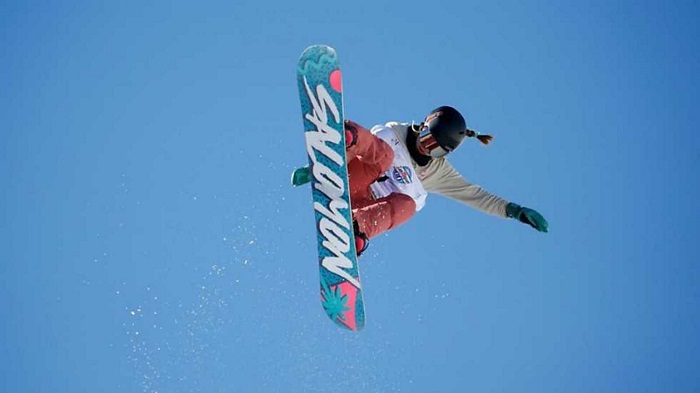
The next thing you have to consider is the snowboard’s shape. The shape refers to how the snowboard looks when you look at it from the top. The most common shapes of snowboards are twin-shaped snowboards, which have the same nose and tail and ride well in both directions. On the other hand, directional snowboards feature a tapered shape with a narrower tail and a wider nose. These float better in powder and ride better in one direction.
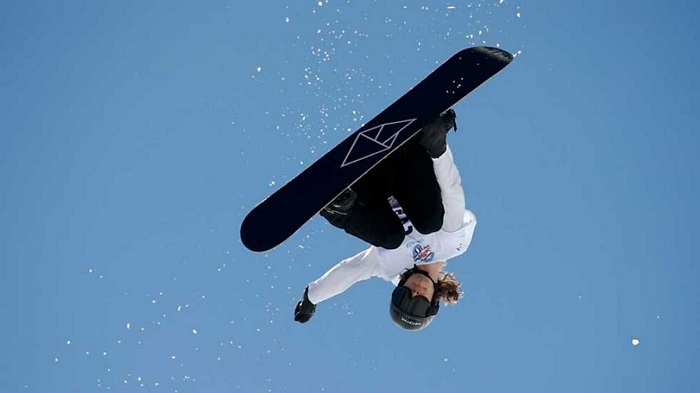
The flex of the snowboard defines how stiff or soft the board is. Snowboard flex is rated on a 1 to 10 scale, where 1 is the softest and 10 is the stiffest. Most snowboards fall somewhere between the 3 – 7 range. Stiffer boards are usually used for carving and freeriding, while softer boards are used for freestyle riding.
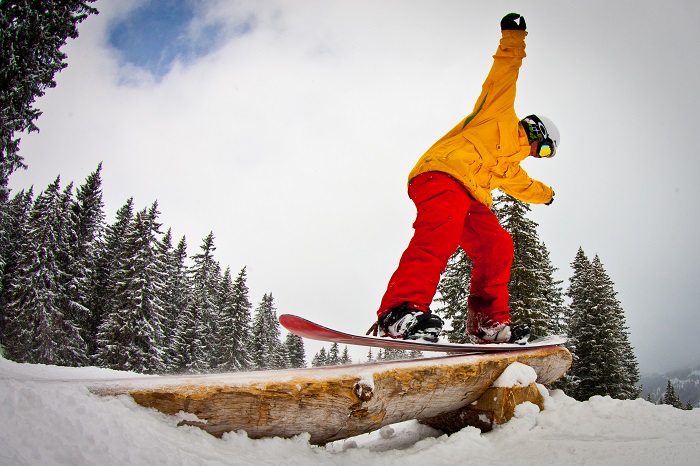
Based on all of the aforementioned characteristics, snowboards are categorized as all-mountain snowboards, all-mountain freeride boards, park snowboards, powder ones, and volume shifted snowboards.
- All-mountain snowboards can be twin or directional twin with a medium flex, and they are suitable for most types of riding on the mountain
- All-mountain freeride snowboards are directional snowboards with a stiffer flex, sometimes with camber or hybrid profile and tapered shape for extra powder capabilities
- Park snowboards are twin snowboards that have a soft or medium flex, and a rocker, hybrid, flat or camber profile. Some park snowboards are stiffer, but they’re meant for performing bigger jumps and riding pipes
- Powder specific snowboards are directional snowboards with a tapered shape that has a short, narrow tail and a wider nose
- Volume shifted boards are a relatively new type and they’re shorter and wider, and they can have different profiles and shapes. The added width improves the float in powder, but it reduces the probability of boot-outs when carving
To sum it up, knowing what type of riding you’ll be doing for the most part and understanding how the aforementioned characteristics impact your riding style are key to picking the right snowboard. Having the right snowboard will ensure you have an enjoyable experience on the slopes and that you stick with snowboarding for life.

